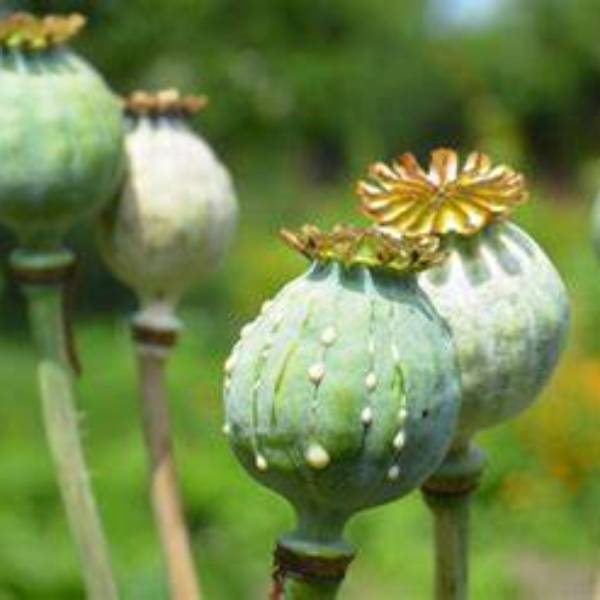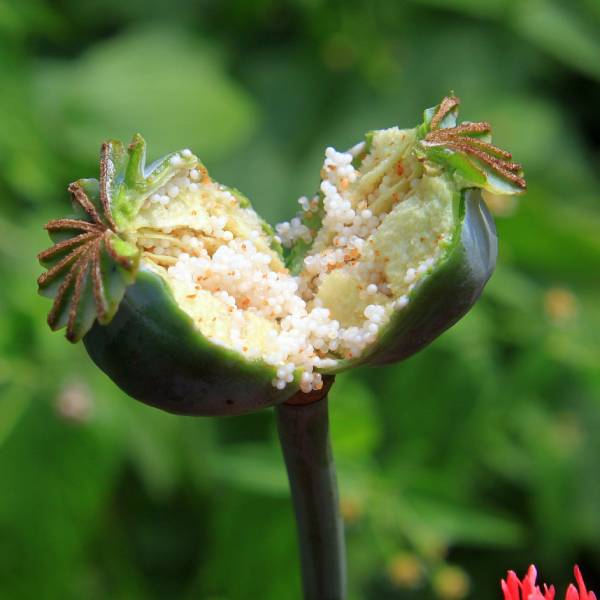The Opium Belt’s Historical Context
The Opium Belt: A Historical Overview
The term “opium belt” describes regions where opium cultivation flourishes, and this area primarily spans from Central to Southeast Asia. Countries like Afghanistan, Myanmar, Laos, and Thailand belong to this significant zone. Throughout history, various governments and empires have recognized the economic potential of opium. They have exploited this lucrative crop for generations, allowing it to shape both economies and societies in profound ways. As a result, local communities have often found themselves entangled in the demands of an opium-driven market.

The Consequences of the Opium Trade
In the 19th century, British colonial powers escalated the opium trade, creating a substantial industry. They exported opium from India to China, seeking immense profits in the process. This aggressive expansion ignited the Opium Wars, which drastically changed East-West relations. The conflict led to significant socio-political disruptions, as both nations navigated the implications of war. In addition, entire populations experienced the devastating effects of addiction. Social disintegration emerged as communities struggled to cope with the rising addiction rates that ensued. Ultimately, the legacy of the opium trade revealed deep vulnerabilities, and it highlighted the moral dilemmas inherent in exploiting such a powerful commodity. The impacts still resonate today, marking a complex historical chapter that continues to influence global dynamics.
The Economic Power of the Opium Belt
Economic Impact of Opium Cultivation
The opium belt significantly drives economic activities in various regions. Cultivators, traders, and governments all enjoy financial benefits from this trade. Many farmers find they earn more from opium than from traditional crops. This lucrative market creates overwhelming pressure to prioritize opium cultivation. Consequently, entire communities grow increasingly dependent on this illicit trade for their livelihoods. As farmers face dwindling options, they find it challenging to diversify their agricultural practices.
Challenges in Afghanistan
In Afghanistan, opium production becomes crucial to the national economy. Despite global efforts to reduce this production, farmers often resist such changes. They encounter limited alternatives and face high poverty levels, which traps them in this cycle. Every attempt to substitute opium with legal crops often fails to gain traction. Farmers worry about their income stability, leading to reluctance in abandoning opium. Therefore, the opium belt remains a vital economic lifeline, even as it invites international scrutiny. Overall, the persistent dependency on opium cultivation complicates efforts to drive sustainable economic alternatives in Afghanistan and nearby regions.
The Societal Impact of the Opium Belt
Societal Impacts of Opium
The opium trade influences not only local economies but also deeply affects communities. Increased crime rates surface alongside rising addiction, creating a toxic environment. Families struggle when addiction seeps into their homes, leading to emotional turmoil and financial strain. Children frequently face obstacles that hinder their education. They often miss school as family issues related to drug abuse take precedence. Consequently, the cycle of poverty and addiction perpetuates itself, making recovery increasingly challenging for families.
The Cycle of Violence in Myanmar
In Myanmar, villagers find themselves ensnared in a relentless cycle driven by opium cultivation. Farmers grow opium to survive financially, contributing to a greater economic system. However, this trade opens the door to violence and instability in their communities. Warlords exploit these vulnerable farmers, leading to conflicts that disrupt daily life. As brutality increases, the very fabric of society frays. While some may benefit economically, society bears the weight of this choice.

The high price of opium’s economic benefits resonates through the lives of countless individuals, making it clear that the costs outweigh the gains. These communities need support and alternative solutions to escape their grim reality. Only through comprehensive strategies can they break free from this cycle and foster a healthier, more stable environment. Addressing addiction and implementing education programs may help restore hope for future generations.
The Global Response to the Opium Belt
Global Efforts to Address Opium Production
Governments and organizations globally recognize the challenges posed by the opium belt. Numerous international treaties aim to control opium production effectively. The United Nations Office on Drugs and Crime (UNODC) plays a crucial role in this effort. However, many of these initiatives face significant obstacles that hinder their effectiveness. Political instability and social issues often complicate the situation further. Efforts to eradicate opium fields spark unrest and violence in affected regions. Many farmers who lose their means of income may turn to insurgent groups for support. Consequently, governments struggle to balance enforcement with the need for community stability.
The Need for a Multifaceted Approach
Moreover, international policies often overlook local contexts and cultural practices. Policymakers must consider the socioeconomic factors that drive farmers to grow opium. Many families depend on opium cultivation for their livelihoods, making eradication a complex issue. A one-size-fits-all approach rarely addresses the intricacies of each community’s situation.
Engaging local stakeholders can lead to more sustainable solutions. Integrating economic alternatives can provide farmers with viable options. This approach encourages communities to shift away from opium production while fostering economic stability. By recognizing the multifaceted nature of the opium belt, international organizations can design targeted interventions. Ultimately, successful strategies require collaboration between local communities and global initiatives. This cooperation can pave the way for lasting change and improved livelihoods.
The Environmental Concerns of the Opium Belt
Environmental Challenges of Opium Cultivation
The cultivation of opium presents serious environmental challenges that cannot be overlooked. Farmers frequently rely on harmful pesticides, which adversely affect the soil and contamininate water sources. Additionally, illegal cultivation often results in deforestation, further aggravating the ongoing issues of ecological degradation. These environmental concerns not only diminish the local ecosystem but also contribute to wider problems within the opium belt. As cultivation continues without regulation, the urgency for change increases.

Potential Solutions for Sustainable Farming
Large-scale opium cultivation disrupts delicate local ecosystems and harms biodiversity. Destruction of wildlife habitats leads to a noticeable decline in various species. Therefore, addressing these environmental issues requires a thoughtful approach, focusing on sustainable alternatives. Promoting responsible farming practices offers one potential solution to mitigate the damage caused by opium cultivation.
Farmers can adopt techniques that minimize pesticide use and protect vital resources. Community engagement is essential for implementing these practices, as collaboration can foster a collective understanding of environmental impact. By supporting sustainable methods, we can work towards preserving both ecosystems and agricultural livelihoods. Innovative initiatives like the Life Belt Shark Tank can inspire farmers to adopt sustainable practices, ensuring the preservation of ecosystems and agricultural livelihoods through collaborative community engagement.
The Future of the Opium Belt
The situation within the opium belt remains complex and uncertain. Increasing global demand for opioids complicates efforts to manage production. Countries might find themselves entangled in a cycle of supply and demand. Thus, the challenge lies in balancing public health and economic realities.
For the future, innovative solutions are needed. Governments must invest in alternative livelihoods for farmers. Training programs and financial incentives can help shift focus from opium to other crops. Collaboration between local communities and international bodies will be essential. Just as governments must address agricultural challenges, the recent Bronco seat belt recall highlights the importance of safety and innovation in all sectors.
Conclusion: Rethinking the Opium Belt’s Legacy
The opium belt’s legacy is filled with challenges and contradictions. It serves as a reminder of historical exploitation and present challenges. Understanding this region requires a nuanced perspective. Real change demands addressing the root causes of opium cultivation and addiction. The top grain leather belt symbolizes resilience, reminding us of the need to address the roots of challenges like those faced in the opium belt’s legacy.
In summary, the opium belt represents a multifaceted issue. It links history, economics, society, and the environment. To create a sustainable future, stakeholders must work together. Addressing the complexities of the opium belt is crucial for global stability and human welfare.











